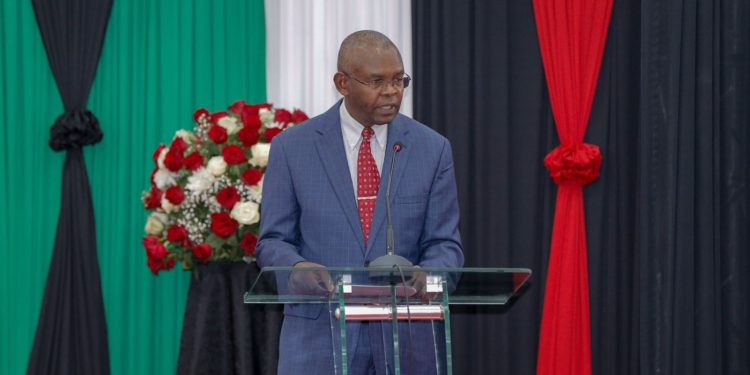The Monetary Policy Committee (MPC) of the Central Bank of Kenya (CBK) uses the Central Bank Rate (CBR) as a primary instrument to control inflation. Here’s a detailed explanation of how this process works:
- Setting the Central Bank Rate (CBR)
The MPC regularly reviews economic conditions and sets the CBR based on its assessment of current and expected inflation, economic growth, and other macroeconomic variables. The CBR is the rate at which the CBK lends to commercial banks and is a benchmark for other interest rates in the economy.
- Influencing Interest Rates
- Transmission to Market Rates: Changes in the CBR influence short-term interest rates, which then affect longer-term interest rates set by commercial banks. When the MPC raises the CBR, commercial banks typically raise their lending and deposit rates. Conversely, when the MPC lowers the CBR, commercial banks lower their rates.
- Controlling Inflation through Aggregate Demand
- Reducing Inflation (Contractionary Policy): If inflation is high, the MPC may raise the CBR. Higher interest rates make borrowing more expensive and saving more attractive. This reduces consumer and business spending, leading to lower aggregate demand and easing inflationary pressures.
- Preventing Deflation (Expansionary Policy): If inflation is too low or the economy is sluggish, the MPC may lower the CBR. Lower interest rates make borrowing cheaper and saving less attractive, encouraging spending and investment, which can increase aggregate demand and push inflation up to a desired level.
- Impact on Economic Variables
- Borrowing and Lending: Higher CBR increases the cost of borrowing, discouraging loans for consumption and investment. Lower CBR does the opposite.
- Consumption and Investment: Higher interest rates reduce consumer spending and business investment due to higher borrowing costs. Lower rates stimulate these activities.
- Monitoring and Adjustments
- Regular Meetings: The MPC meets regularly, usually bi-monthly, to review economic conditions and inflation trends. Based on their findings, they adjust the CBR as necessary.
- Data-Driven Decisions: The MPC uses a wide range of economic data, including inflation forecasts, economic growth rates, unemployment data, and global economic conditions, to make informed decisions about the CBR.
- Communication and Transparency
- Policy Announcements: The MPC communicates its decisions and the rationale behind them through official statements and reports. This transparency helps manage expectations and ensures that markets and the public understand the direction of monetary policy.
- Challenges and Considerations
- Lag Effect: The effects of CBR changes on inflation are not immediate and can take time to materialize.
- External Shocks: External factors, such as global commodity prices and geopolitical events, can affect inflation and complicate the MPC’s efforts.
- Dual Mandate: The MPC must balance the goal of controlling inflation with supporting economic growth and employment.
The MPC uses the CBR as a tool to control inflation by influencing interest rates, borrowing costs, and aggregate demand in the economy. Through The Monetary Policy Committee (MPC), the Central Bank of Kenya (CBK) uses the Central Bank Rate (CBR) as a primary instrument to control inflation.


















